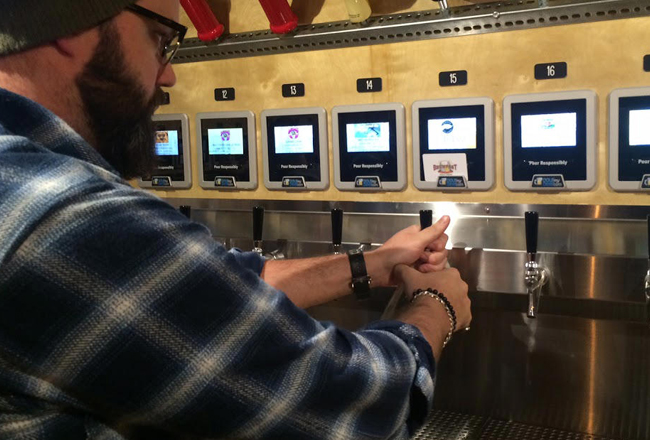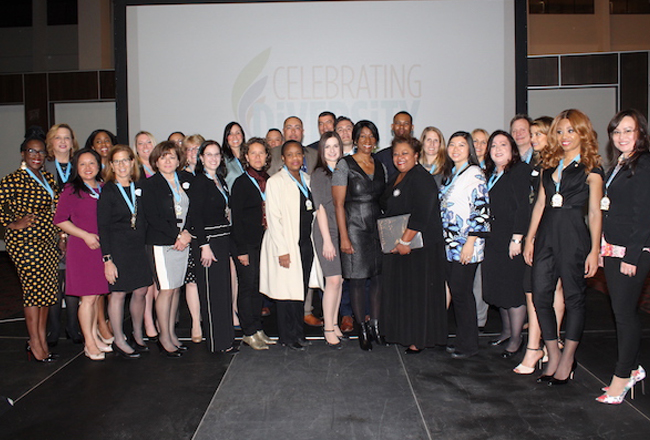Among Fairfield County”™s non-human residents, the horseshoe crab keeps a rather low profile. Unless one is actively peeking about shoreline beaches, the chances of encountering this marine arthropod are rather limited.
Encounters with horseshoe crabs are becoming even less frequent due to the impact of climatic changes on the Long Island Sound.
“When storm water is pushed in and piled up to the narrows, it causes more erosion,” explained Dr. Jennifer Mattei, a professor in the biology department at Sacred Heart University. “There is also increased frequency of storm events: we are getting two to three Nor”™easters each winter, and each storm adds to erosion on coast. The horseshoe crab is having some difficulty laying their eggs. They need nice sandy areas to lay eggs.”
Weather-related damage is also impacting people with homes and businesses along the shoreline. Mattei noted that the traditional approach to shoreline storm protection involves armoring, usually with the construction of seawalls and bulkheads. While this approach may help to limit property damage, it has harmed the horseshoe crabs’ breeding grounds.
“If people build walls or are armoring shorelines, the areas where the horseshoe crab lays eggs declines,” Mattei said. “The overall population is historically lower in the Long Island Sound. Since the 1990s, this population has declined quite a bit. Juveniles need 10 years to develop in salt marshes and mud flats. But a lot of salt marshes have been filled in or were sprayed with mosquito control insecticides. As a result, we are not finding find tremendous numbers of new adults coming into the area.”
Can Fairfield County”™s human and horseshoe crab populations share a coastal neighborhood without having their respective homes damaged by the weather? Rather than rely on artificial strategies, Mattei theorized, a better approach would allow nature to do the protective work.
“Go back to the 1700s, when oysters used to thrive here,” she said. “Oysters used to live atop other oysters, creating an oyster reef. The live animals were on top, the shells below. By the mid-1800s, most of the oysters were gone. People harvested them all and the shells were ground up for roads.”
For the modern version of a living reef, Mattei and her faculty colleagues and students have undertaken an experiment at Stratford Point to create what she a dubbed a “living shoreline.” Through a partnership with the DuPont Co. and Audubon Connecticut ”” the owner and manager of Stratford Point, respectively ”” a pilot restoration project was undertaken in 2014 on a 900-foot stretch of beach to install 64 permeable cement Reef Balls, each weighing 1,500 pounds and measuring three feet by four feet.
The structures were pockmarked with large gaping holes to enable coastal water to wash through while local animal species could pop in and out without being trapped. Last November, an additional 327 Reef Balls were added to Stratford Point, financed with grant money from the Audubon Connecticut”™s in-lieu fee program, the National Fish and Wildlife Foundation”™s Long Island Sound Futures Fund, the Connecticut Institute for Resilience and Climate Adaptation and DuPont.
Mattei said the project has already shown evidence of shoreline restoration. “As a result of these structures, in just two years, sand deposits rose 12 inches both behind and, in some areas, in front of the reef,” she said. “Last year, 12 inches of sediment settled behind the reef, stopping the erosion. In one year, the planted saltmarsh grasses doubled in size.”
And more saltmarsh grass is on the way. On April 21 and 22, Sacred Heart University will host an Earth Day event where volunteers will plant saltmarsh grass at the Stratford Point installation.
“Marsh grass holds sediment,” Mattei said. “A storm breaks on the reef front and flows through the marsh grass. When it hits the shoreline, it involves much less force.”
Mattei is hopeful that this solution will be adapted across the Connecticut shoreline, providing an eco-friendly strategy to counter harsh Long Island Sound storms. As for the horseshoe crab, Mattei said that beleaguered species can enjoy new population growth if a new living shoreline remains undisturbed by destructive construction.



















